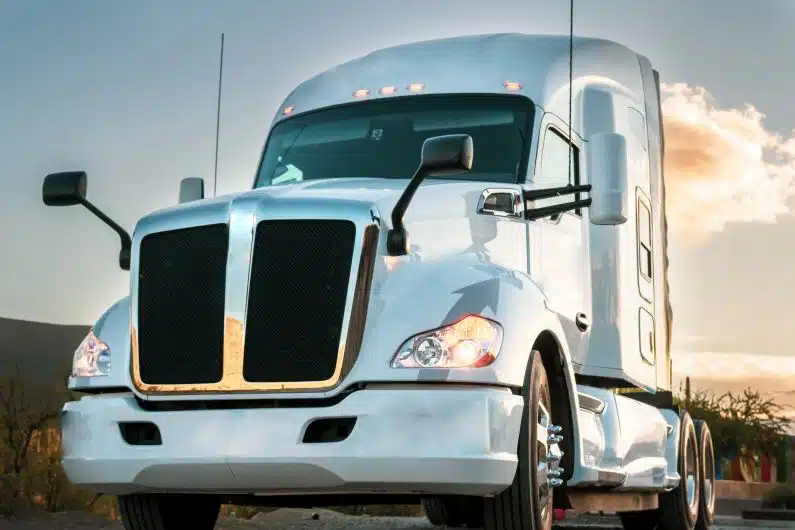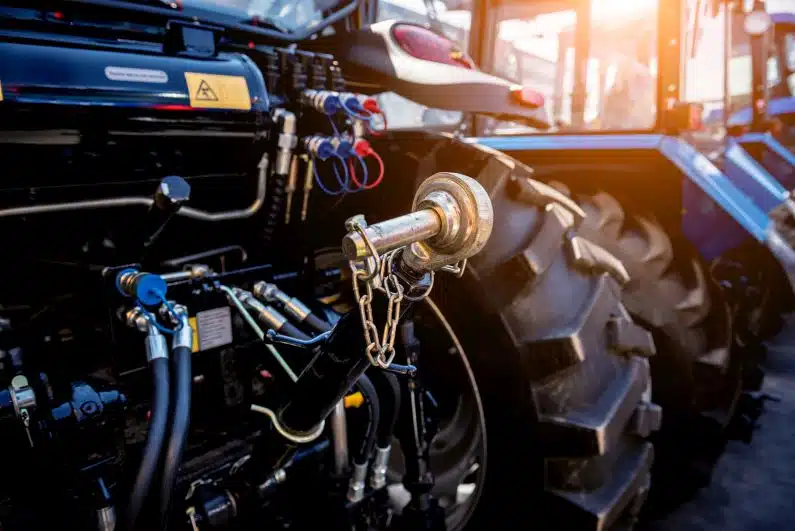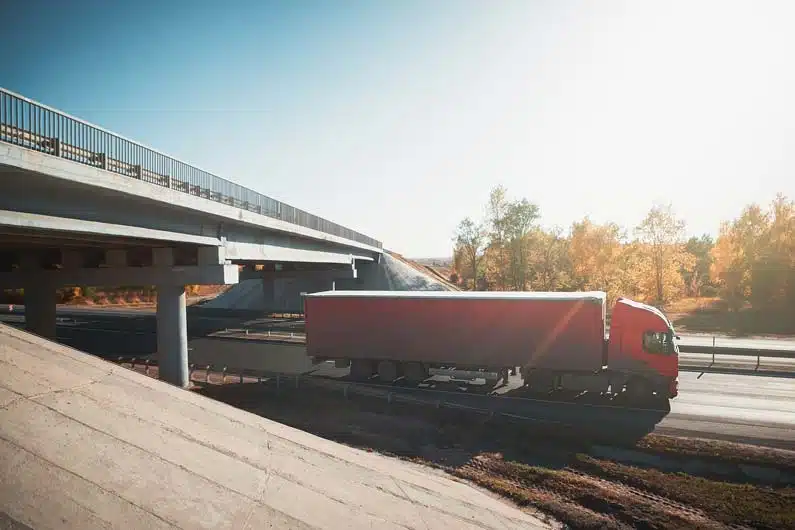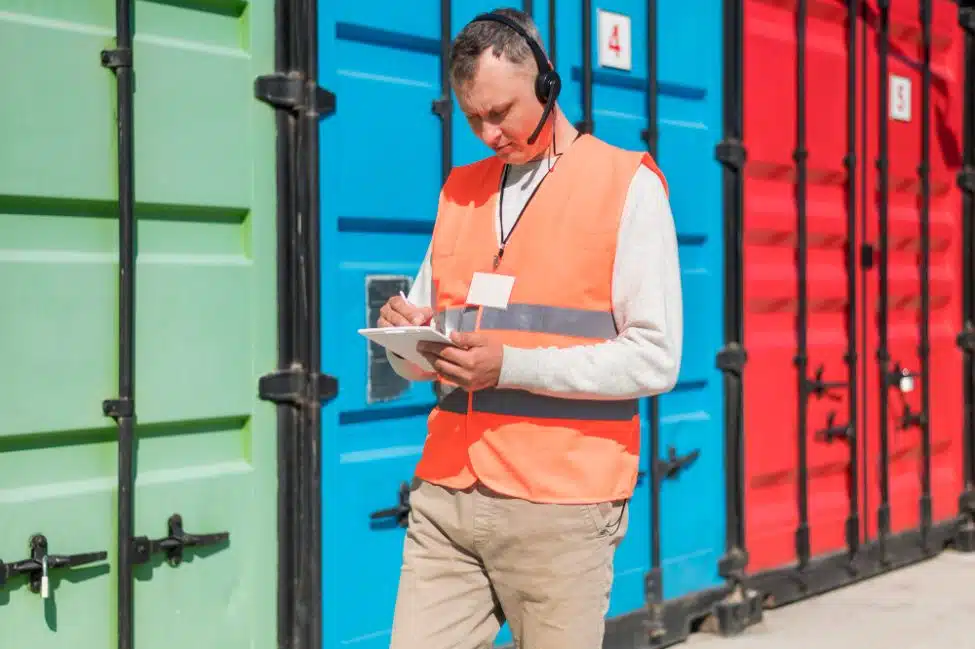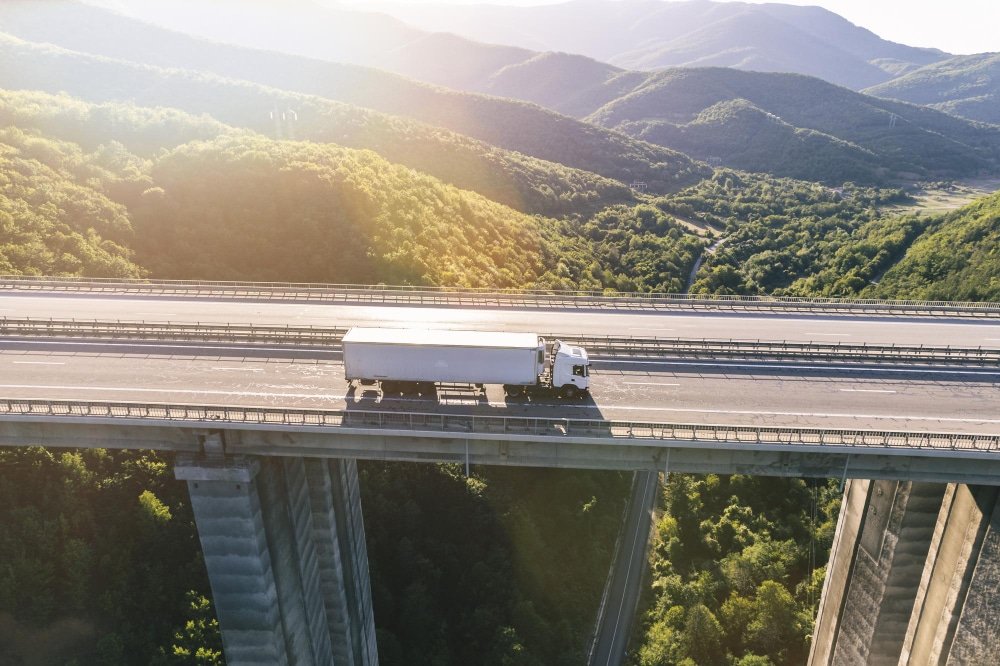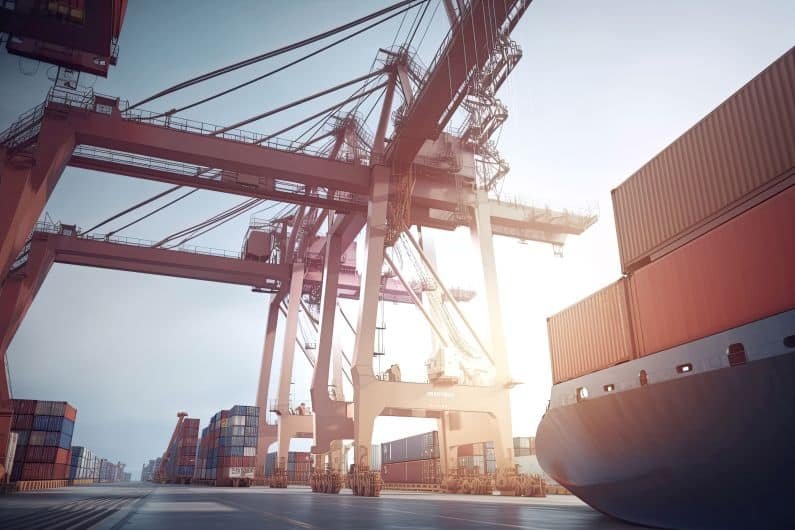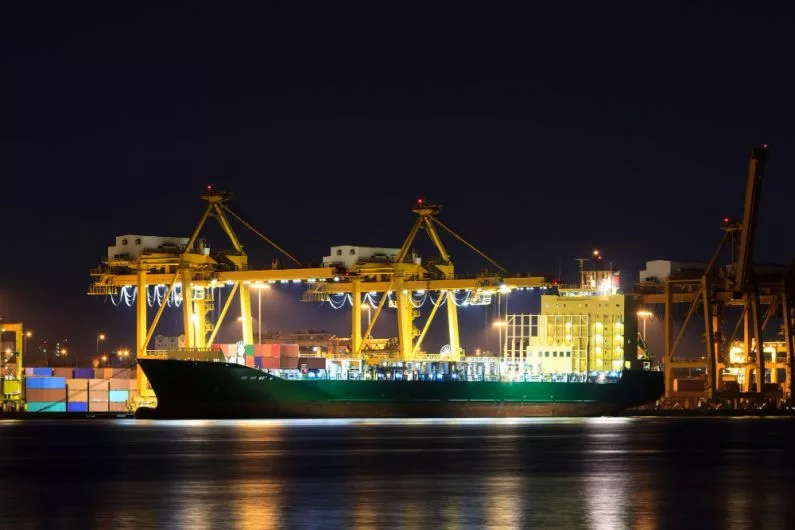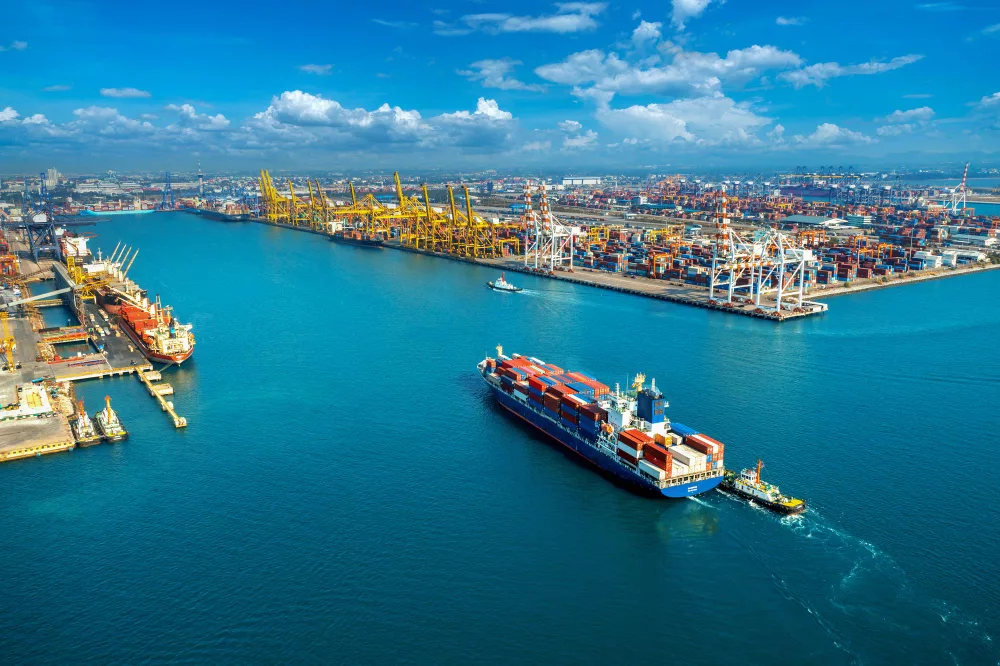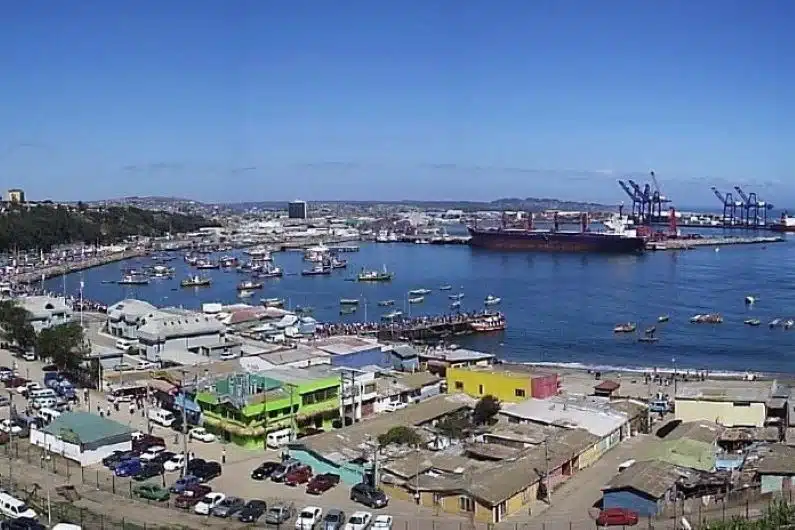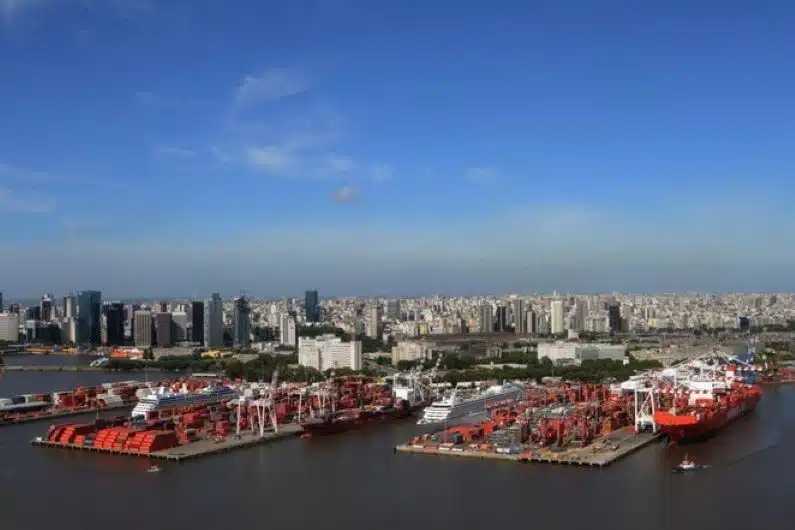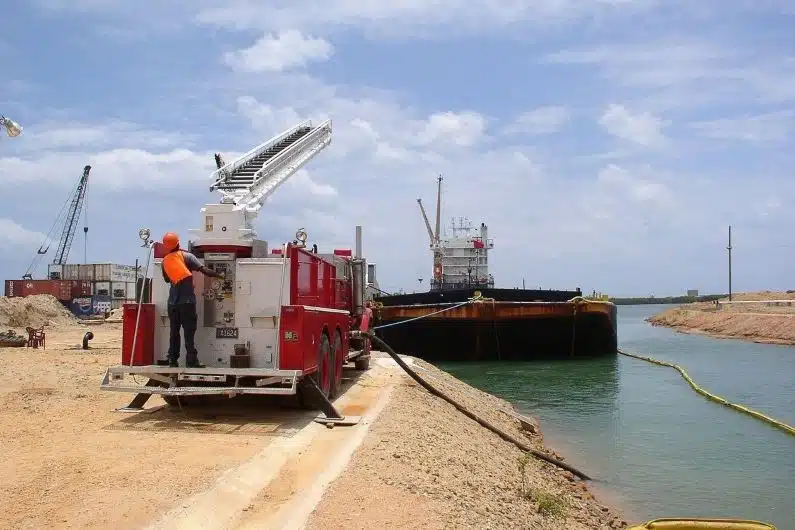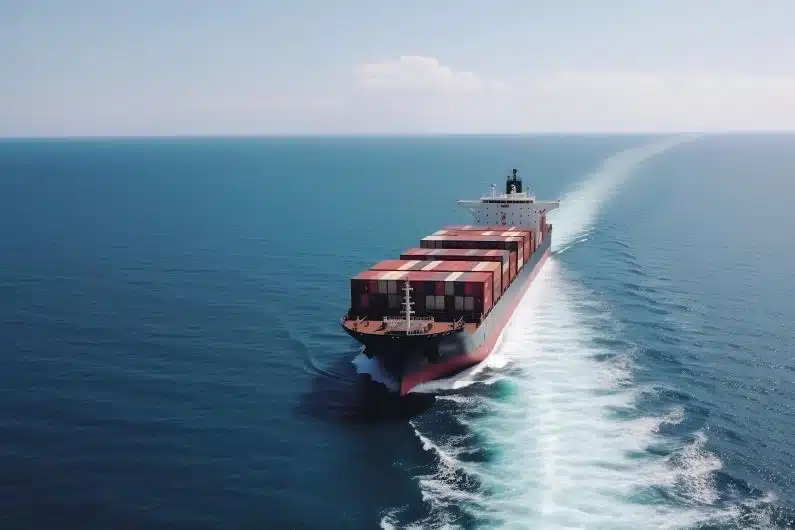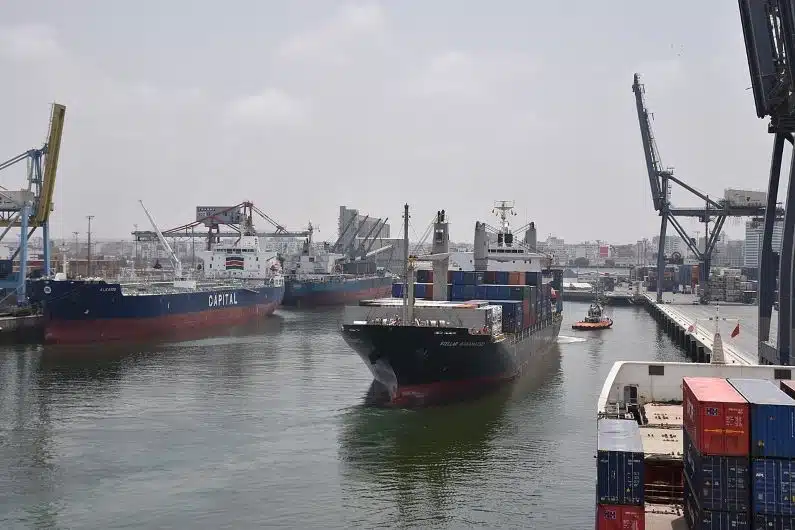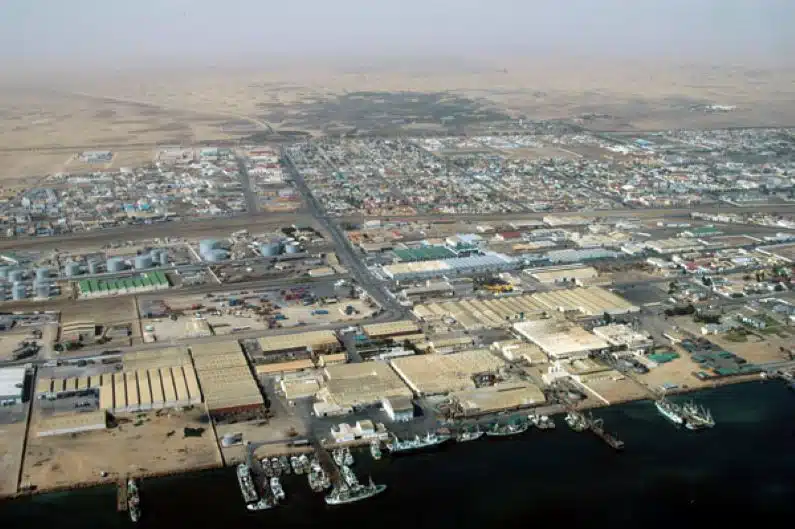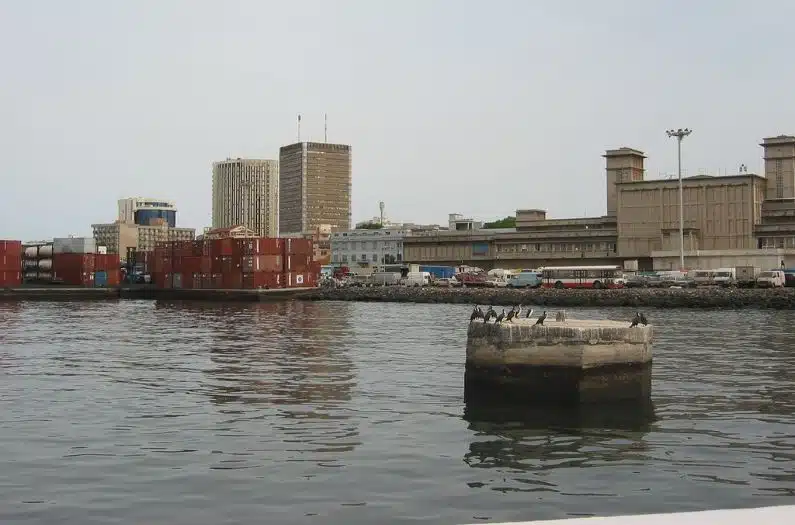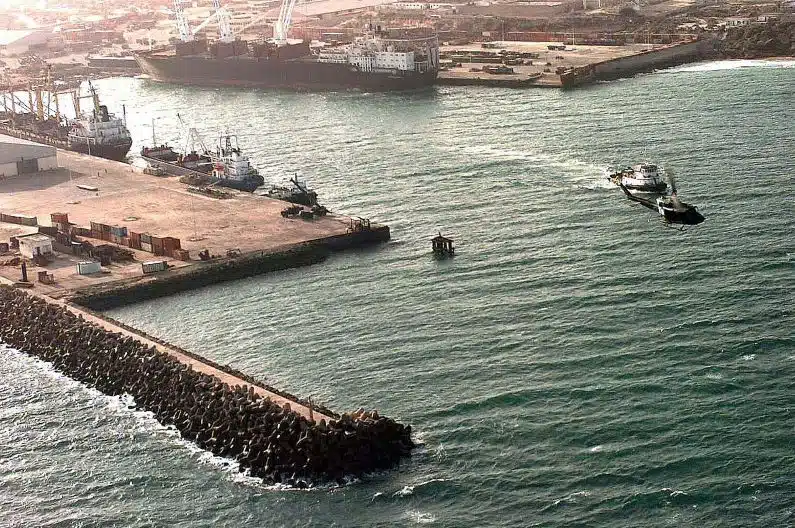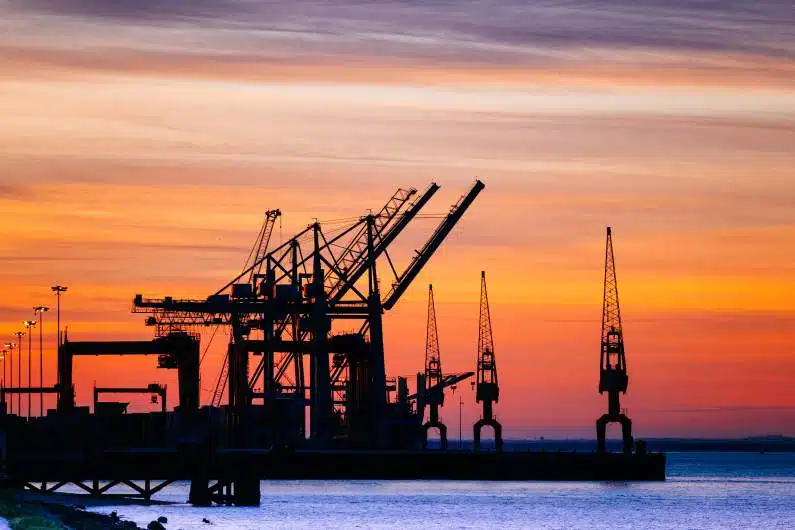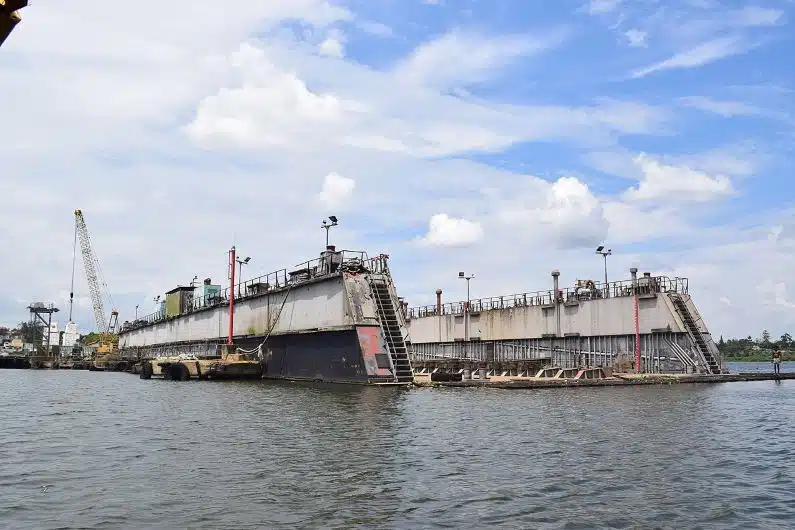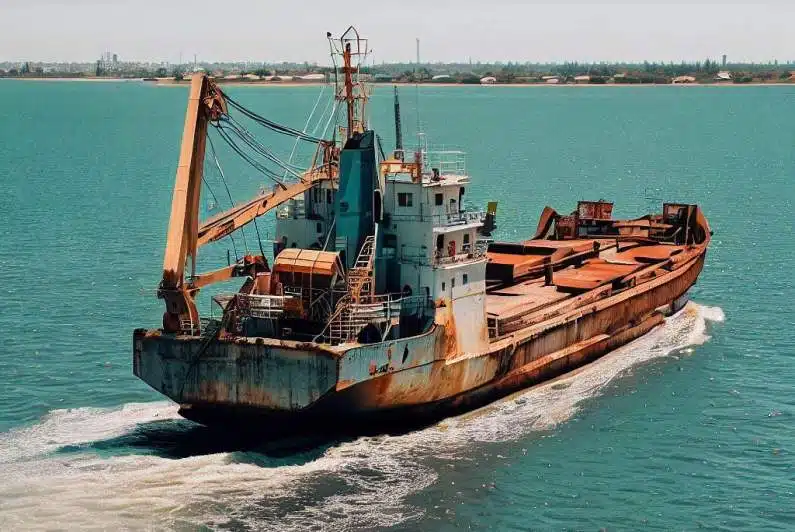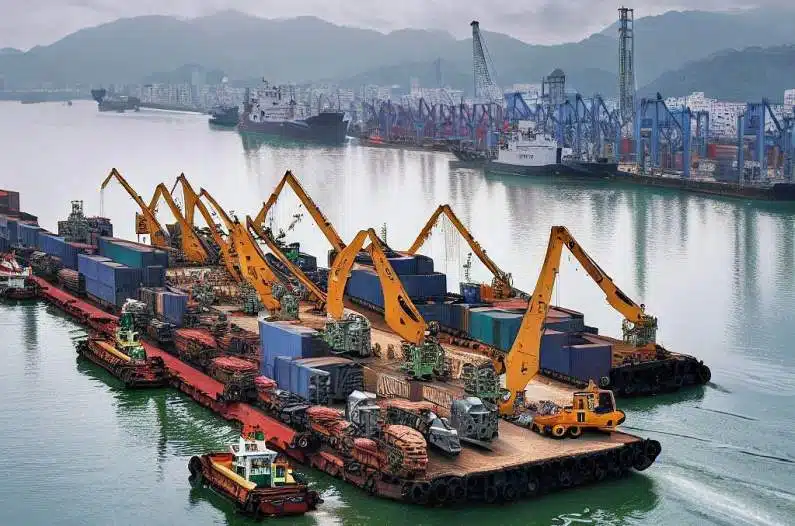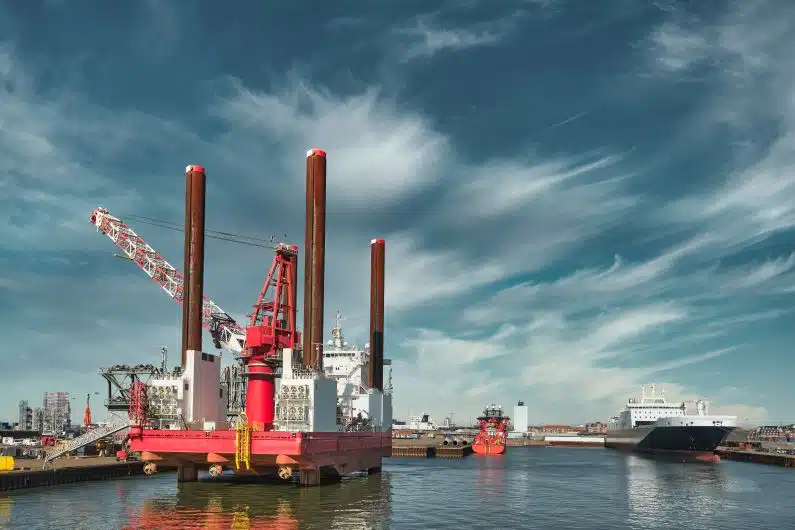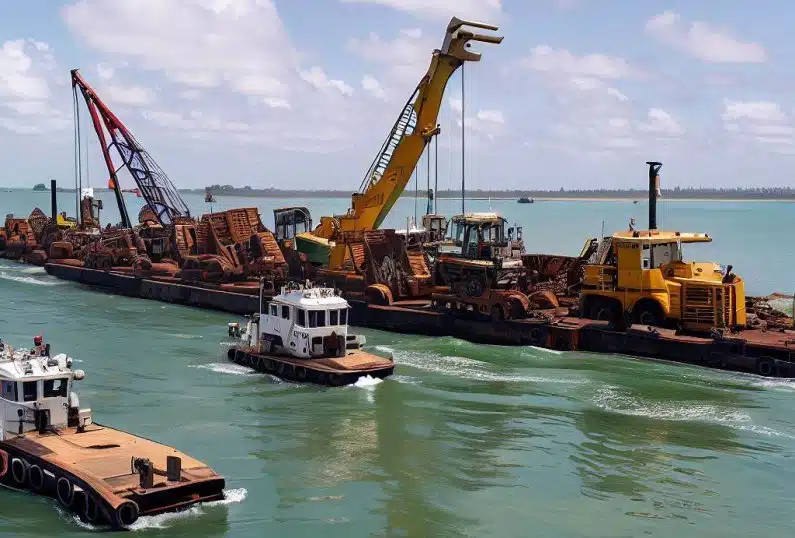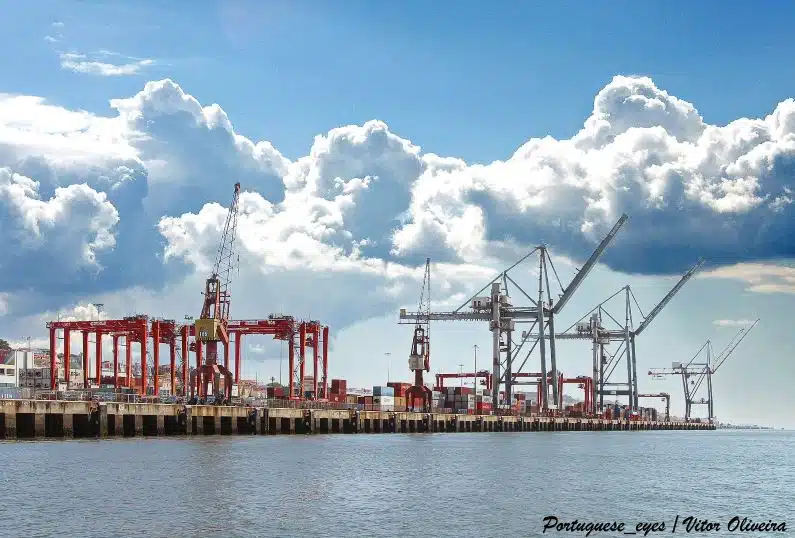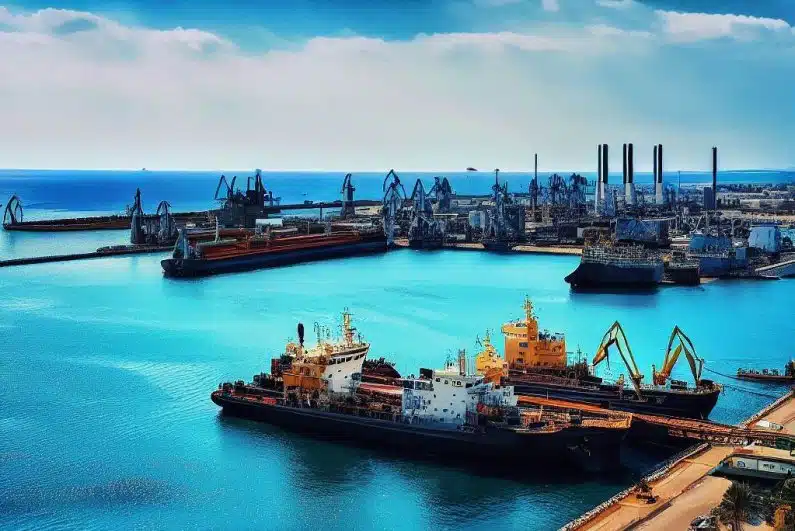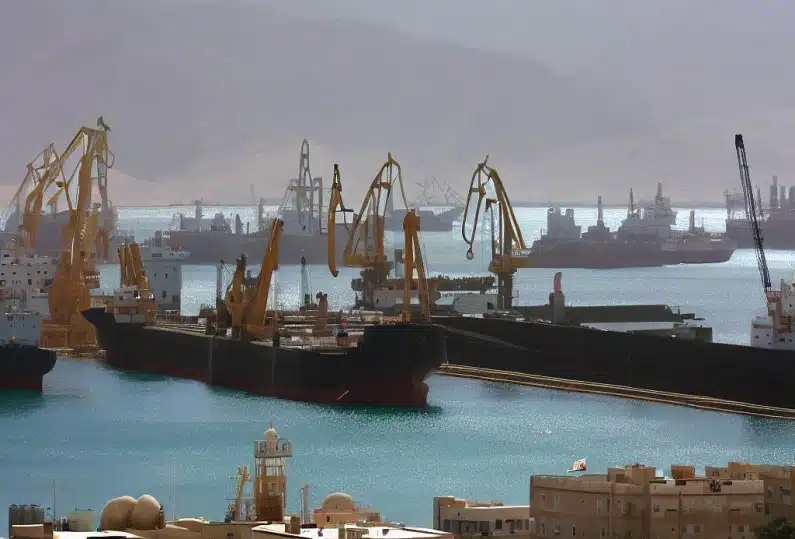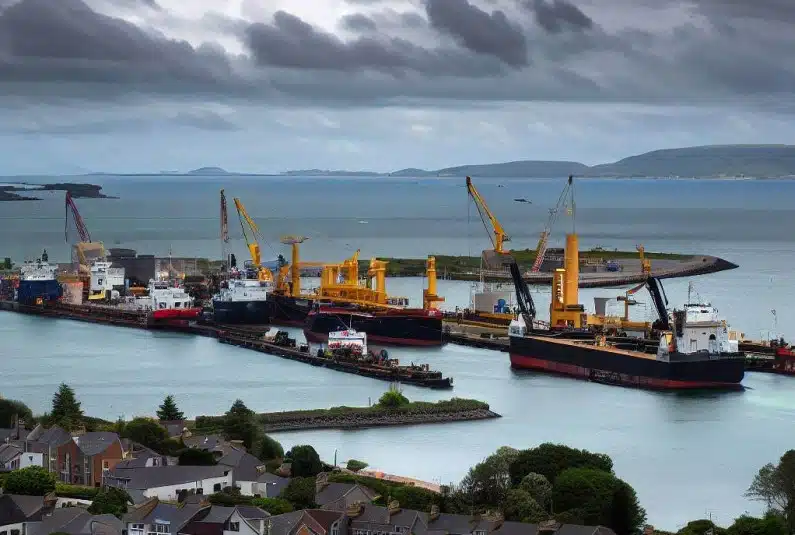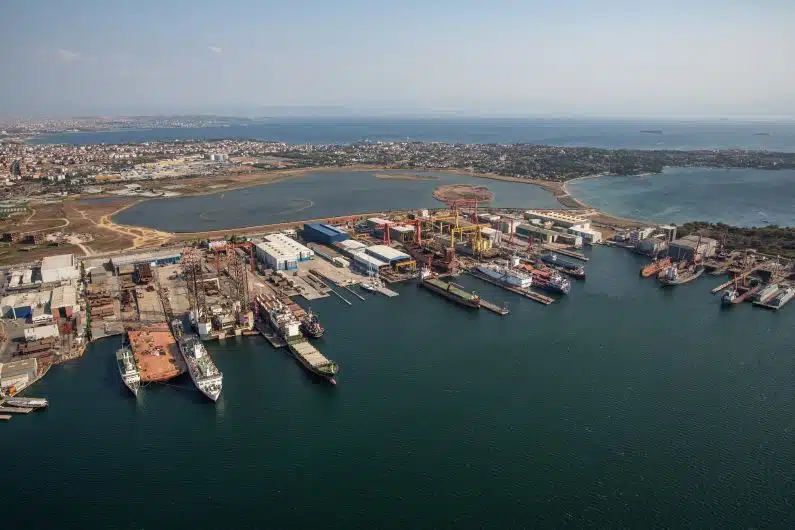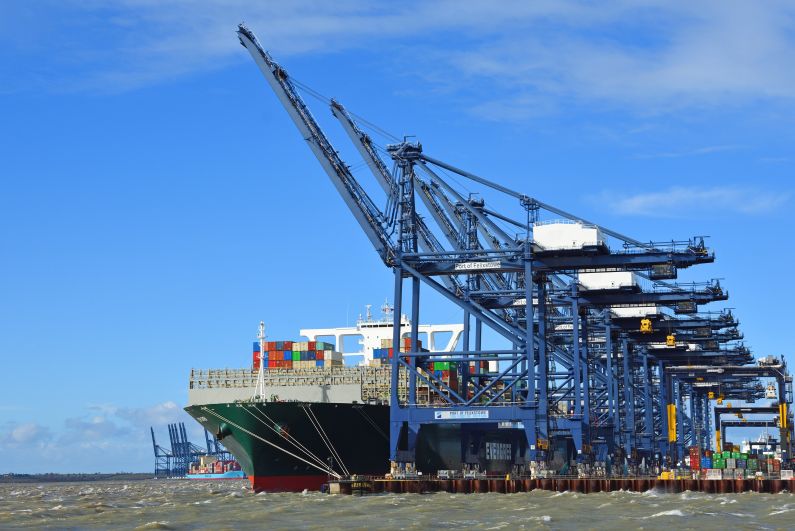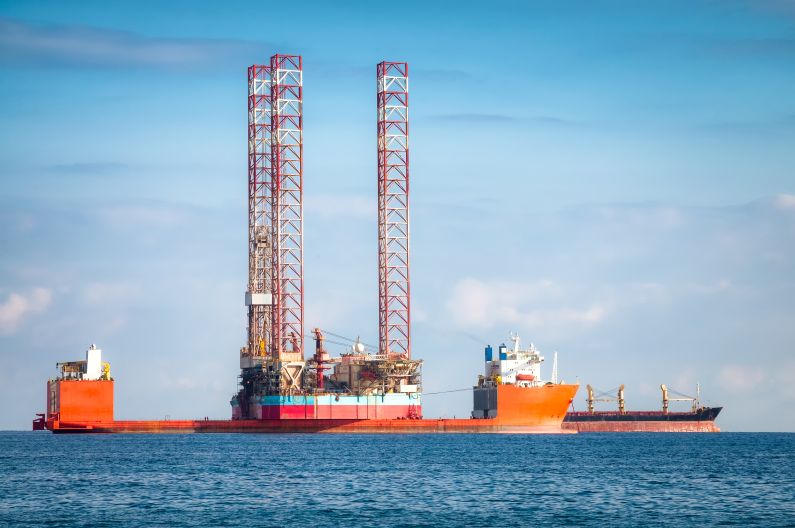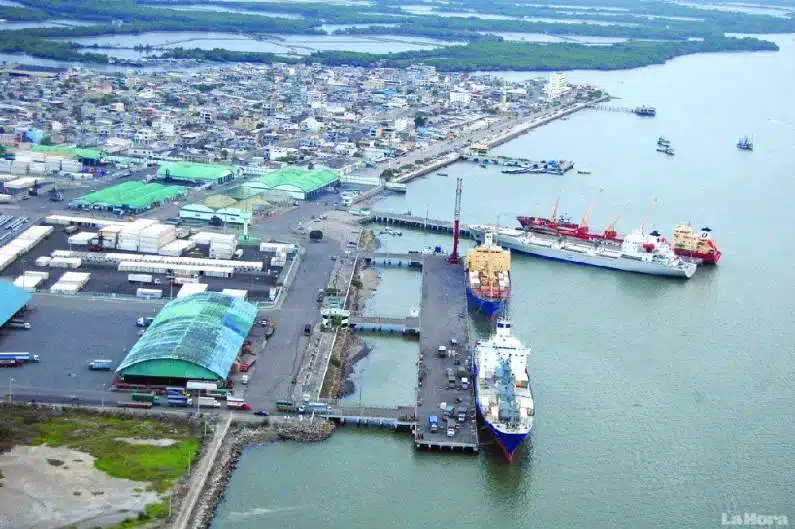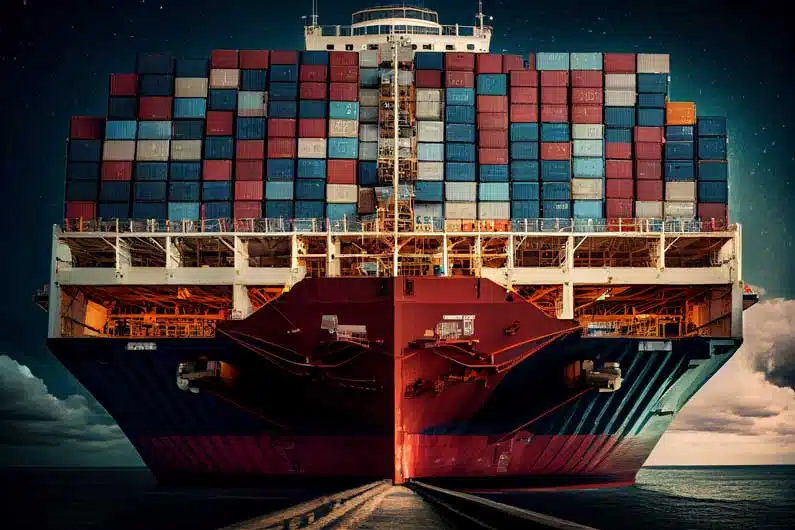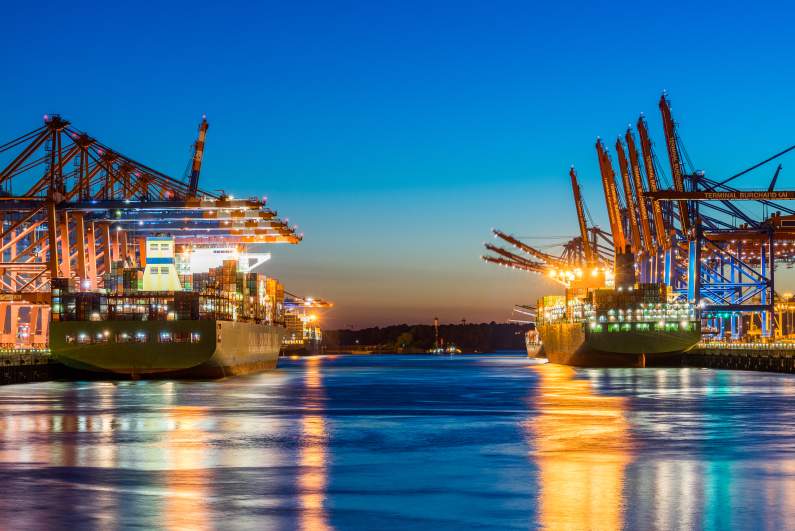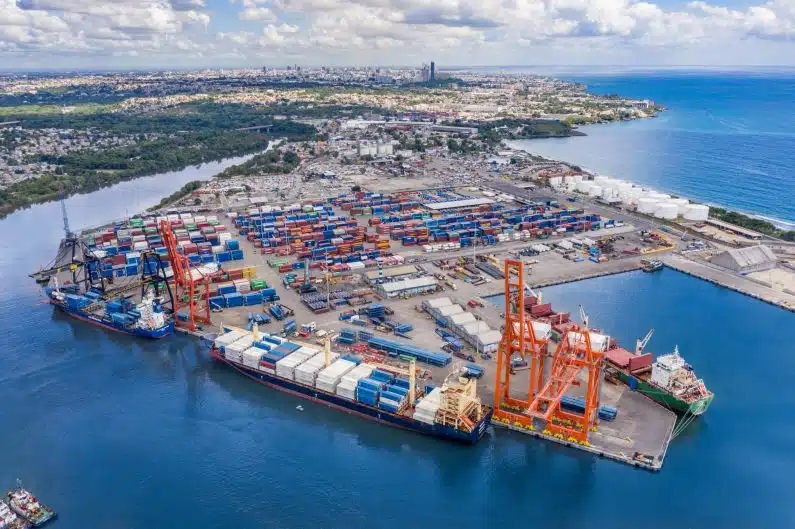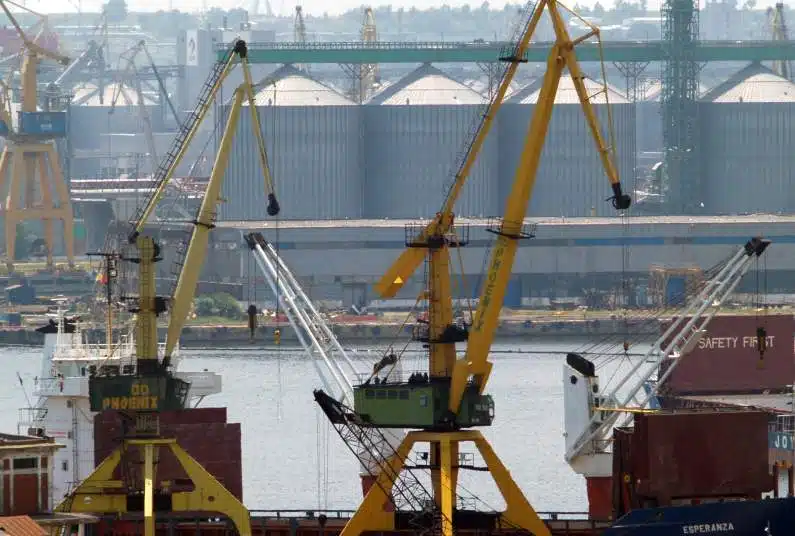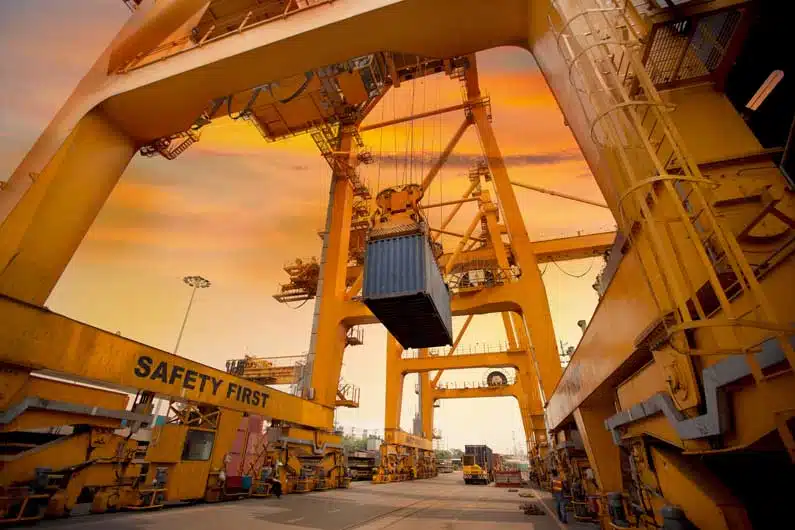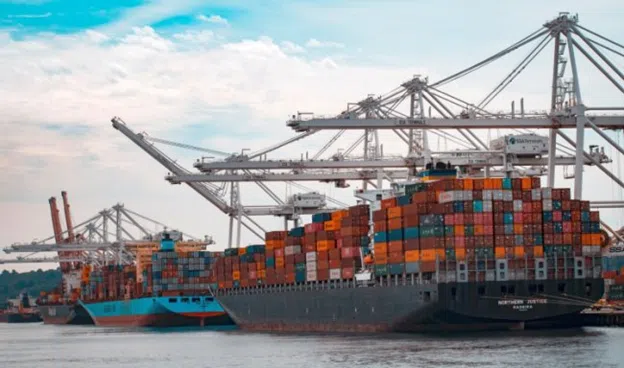Shipping heavy equipment to Mexico from the United States and back is a complex and crucial process that fuels various industries, such as construction, mining, and agriculture. The transportation of heavy machinery across the border plays a vital role in supporting business operations, enabling expansion opportunities, and accessing new markets. However, this process entails numerous challenges and requires meticulous planning, adherence to legal and customs regulations, and effective logistics management.
In this comprehensive guide, we will delve deep into the intricacies of heavy equipment shipping between the US and Mexico, equipping you with the knowledge and insights necessary to navigate the complexities and ensure a smooth and efficient transportation experience. From understanding the definition of heavy machinery to grasping the commonly shipped equipment and addressing the major obstacles encountered, we will explore every aspect of this critical process.
By gaining a comprehensive understanding of the regulations and requirements, mastering the methodology of shipping heavy machinery, and following effective practices and guidelines, you can confidently execute your heavy equipment shipments and ensure the safe and timely delivery of your valuable assets.
Grasping the Shipping of Heavy Equipment
Defining Heavy Equipment
Heavy machinery encompasses a broad range of robust equipment designed for various tasks, including construction, earthmoving, and material handling. Examples include bulldozers, excavators, cranes, and articulated trucks. Understanding the nature and characteristics of heavy machinery is essential for proper handling, packaging, and transportation.
Most Frequently Shipped Heavy Equipment
In the realm of shipping heavyweight equipment between the US and Mexico, certain types of machinery are commonly transported. Excavators, bulldozers, and cranes are frequently seen, as they are critical for construction projects and infrastructure development.
Major Hurdles in Shipping Heavy Equipment
Shipping heavy machinery poses unique challenges. The sheer size and weight of the equipment require careful consideration for secure and safe transportation. Navigating customs and import/export regulations, managing costs, and ensuring compliance with legal requirements further contribute to the complexity.
Preferred Shipping Methods for Freight Transportation from the U.S. to Mexico
There are several popular shipping methods for freight transportation from the U.S. to Mexico. The chosen method often depends on factors such as the type of goods, cost, time constraints, and the specific starting and ending locations. The primary methods include:
Trucking
Due to the shared border between the U.S. and Mexico, road transportation, often referred to as trucking to Mexico, is one of the most common methods for moving goods. Both full truckload (FTL) and less-than-truckload (LTL) shipping are employed, depending on the size and weight of the shipment. This method often provides the quickest and most cost-effective solution for areas adjacent to the land border.
Rail Freight
Rail shipping is another frequently chosen method for freight transportation from the U.S. to Mexico. Particularly for heavy or oversized items, rail freight can be more cost-effective than trucking. While typically slower than trucking, rail shipping can offer significant cost advantages for large shipments.
Air Freight
For high-value or time-sensitive items, air freight can be the best choice. While it is more costly than ground or sea shipping methods, air freight offers the fastest transit times.
Ocean Freight
While less common than trucking or rail for U.S.-Mexico shipping due to the direct land border, ocean freight does find usage, particularly for shipments from the U.S. East Coast to ports on Mexico’s eastern seaboard. This method is typically used for bulky, heavy, or oversized items that are not time-sensitive.
Intermodal Shipping: This approach combines two or more modes of transportation, such as truck and rail or truck and air. Intermodal shipping offers a balance between cost and speed and can be a suitable option for shipments that need to travel a significant distance within Mexico, where rail or air transport may be more efficient.
In summary, the choice of shipping method depends largely on the specifics of the shipment and the needs of both the shipper and recipient. Each method has its own advantages and can be the most appropriate choice under different circumstances.
Vital Regulations and Requirements
Mexican Import Regulations for Heavy Equipment
Importing heavy machinery into Mexico involves adherence to specific regulations. Compliance with Mexican standards, known as NOMs, may require testing or inspection of the machinery. Additionally, the appropriate documentation, including a commercial invoice, bill of lading, and packing list, is necessary for a smooth customs clearance process.
US Import Regulations for Heavy Equipment to Mexico
When importing heavy equipment back into the US, it is crucial to follow the regulations established by the US Customs and Border Protection. This includes submitting a formal entry, paying estimated duties, and complying with all customs requirements to ensure a seamless import process.
Tariffs, Taxes, and Charges
Both Mexico and the US impose tariffs, taxes, and charges on the import of heavy equipment. The rates can vary depending on the type of machinery and its intended use. Understanding these financial obligations is crucial for accurate cost estimation and financial planning.

Methodology of Shipping Heavy Equipment to Mexico
Pre-Shipping Stage
Proper planning is paramount to a successful heavy equipment shipment. This stage involves obtaining accurate dimensions and weight of the machinery, arranging suitable transportation, securing necessary permits and licenses, and preparing all required documents.
Loading and Transit Stage
The actual loading and transit of heavy equipment require specialized equipment and trained personnel to ensure the machinery’s safety and integrity during transportation. Proper securing and protection measures must be implemented to prevent damage or accidents.
Customs Formalities Stage
Navigating customs procedures is a critical part of shipping heavy equipment between the US and Mexico. This stage involves submitting all required documents, including the commercial invoice, packing list, and any necessary customs declarations. Compliance with customs regulations and the payment of applicable duties and taxes are essential for a smooth clearance process.
Effective Practices and Guidelines
Choosing a Trustworthy Shipping Company
Selecting a reliable shipping company with expertise in heavy equipment transport is of utmost importance. Look for a company that has a proven track record, specialized equipment, and knowledge of both US and Mexican customs procedures to ensure a smooth and efficient shipping process.
Heavy Equipment Insurance
Obtaining comprehensive insurance coverage for your heavy equipment is essential to protect your investment. This coverage should include protection against damage, loss, and theft during transit. Work with insurance providers experienced in heavy equipment coverage to ensure adequate protection.
Pre-Shipment Examination and Paperwork
Thoroughly inspecting the heavy equipment before shipment is crucial. Document any existing damages or issues, take photographs, and maintain detailed records. Additionally, ensure all necessary paperwork, such as the commercial invoice, packing list, and customs documentation, is prepared accurately and in compliance with regulations.
Post-Shipment Assessment and Offloading
Upon arrival, conduct a post-shipment inspection of the equipment to verify its condition. Document any damages or discrepancies and promptly report them to the shipping company and insurance provider. Coordinate the offloading process carefully to ensure the safe and efficient removal of the equipment from the shipping vessel or container.
Conclusion
Shipping heavy equipment between the US and Mexico requires meticulous planning, adherence to regulations, and attention to detail. By understanding the intricacies of the process, familiarizing yourself with the relevant regulations, and implementing best practices, you can ensure the safe and efficient transportation of your heavy equipment.
Texas International Freight, with its expertise in cross-border logistics, stands ready to assist you in your heavy equipment shipping needs, providing reliable and professional services to streamline your transportation operations. Contact us today to embark on a seamless and efficient journey of shipping heavy equipment between the US and Mexico.
FAQ
What are the primary considerations when shipping heavy machinery between the US and Mexico?
Consider legal regulations, permits, equipment safety, logistics, and reliable shipping companies when transporting heavy machinery between the US and Mexico.
How are customs procedures managed when importing heavy equipment to Mexico?
Manage customs procedures by complying with Mexican import regulations and working with experienced freight forwarders or customs brokers for smooth clearance.
What type of documentation is needed for shipping heavy machinery across borders?
Required documentation includes invoices, bills of lading, packing lists, permits, and certificates of origin for shipping heavy machinery across borders.
How can you guarantee a seamless and effective shipping process for heavy equipment?
Ensure a seamless shipping process by planning, preparing documents, coordinating logistics, inspecting the machinery, and partnering with experienced shipping companies.
Are there specific taxes and duties applicable to heavy equipment imports in Mexico and the US?
Taxes and duties vary for heavy equipment imports in Mexico and the US. Understand duty rates, tax obligations, and exemptions for cost estimation.
What are the usual difficulties encountered when shipping heavy machinery internationally?
Challenges in shipping heavy machinery internationally include customs compliance, permits, import/export procedures, duty payments, logistics coordination, and equipment security.
What are the recommended practices for insuring and inspecting heavy machinery before and after shipment?
Insure and inspect machinery by obtaining comprehensive coverage, conducting pre-shipment inspections, documenting damages, and performing post-shipment inspections.
How to select a dependable shipping company for transporting heavy machinery?
Select a dependable shipping company with cross-border logistics experience, equipment expertise, customs knowledge, proper facilities, and insurance coverage. Consider Texas International Freight

